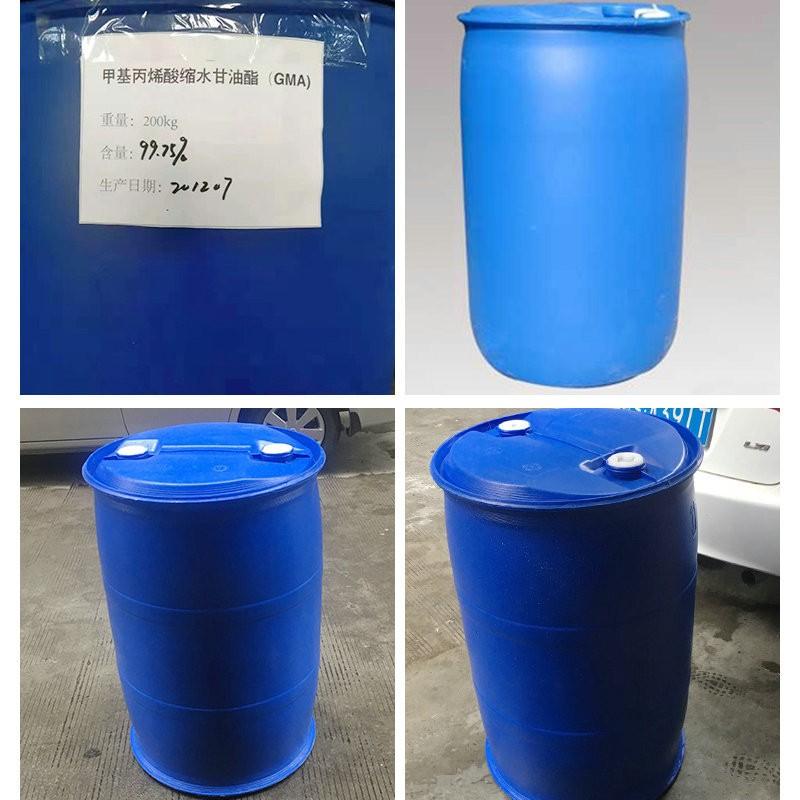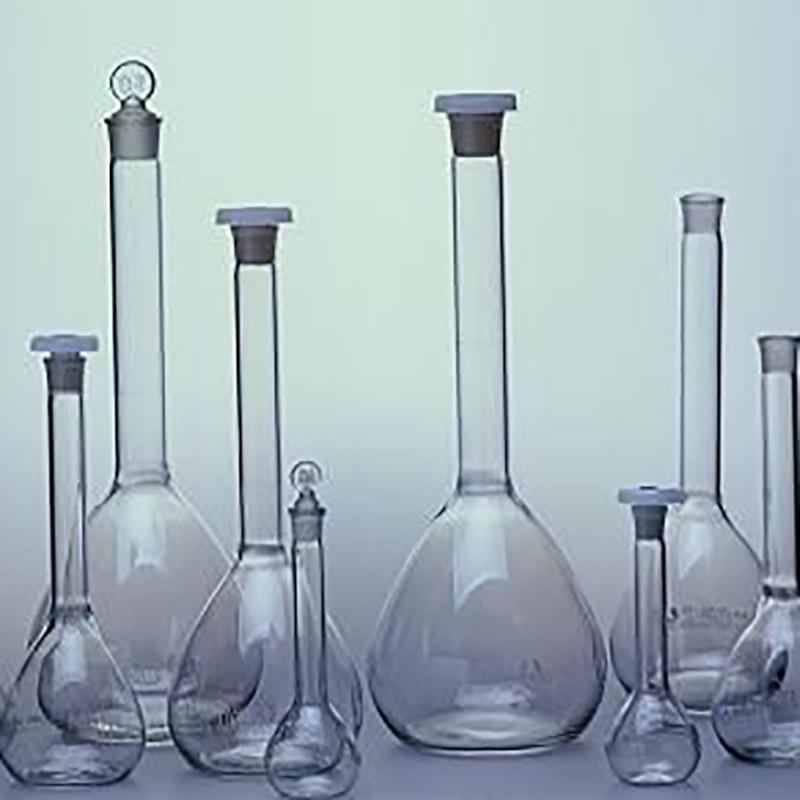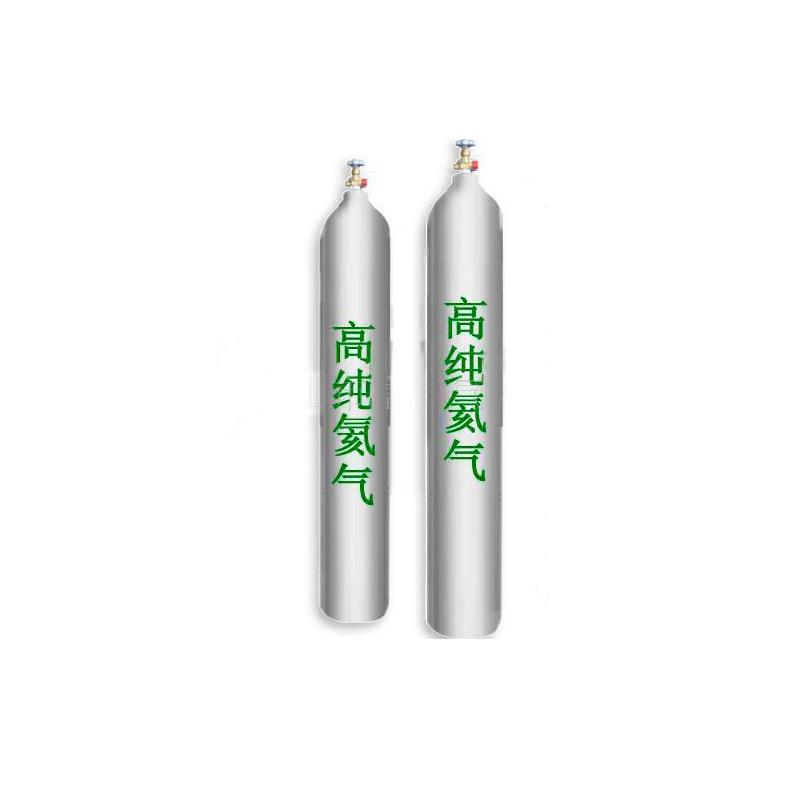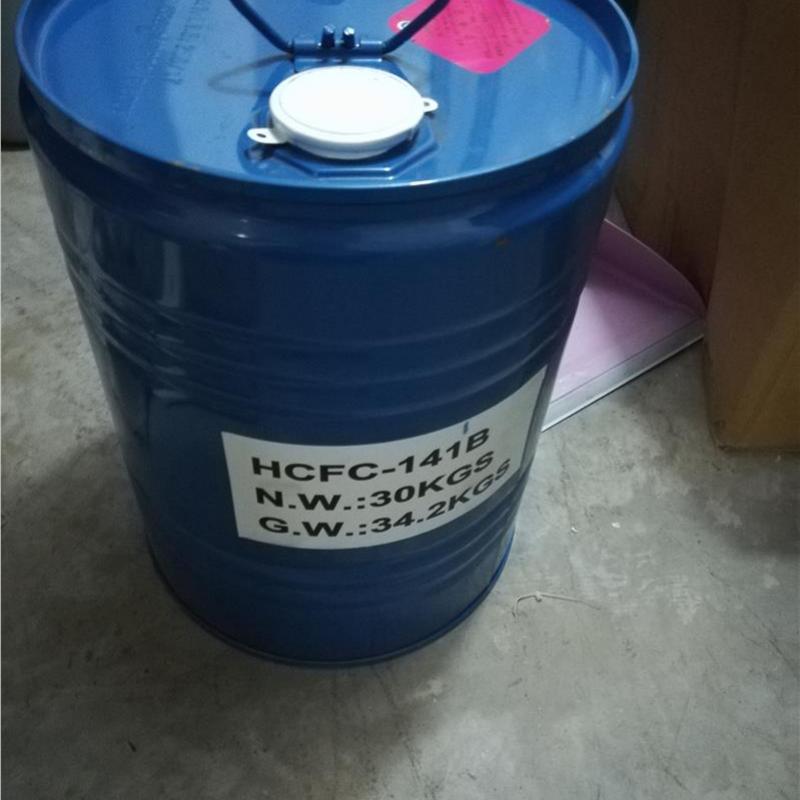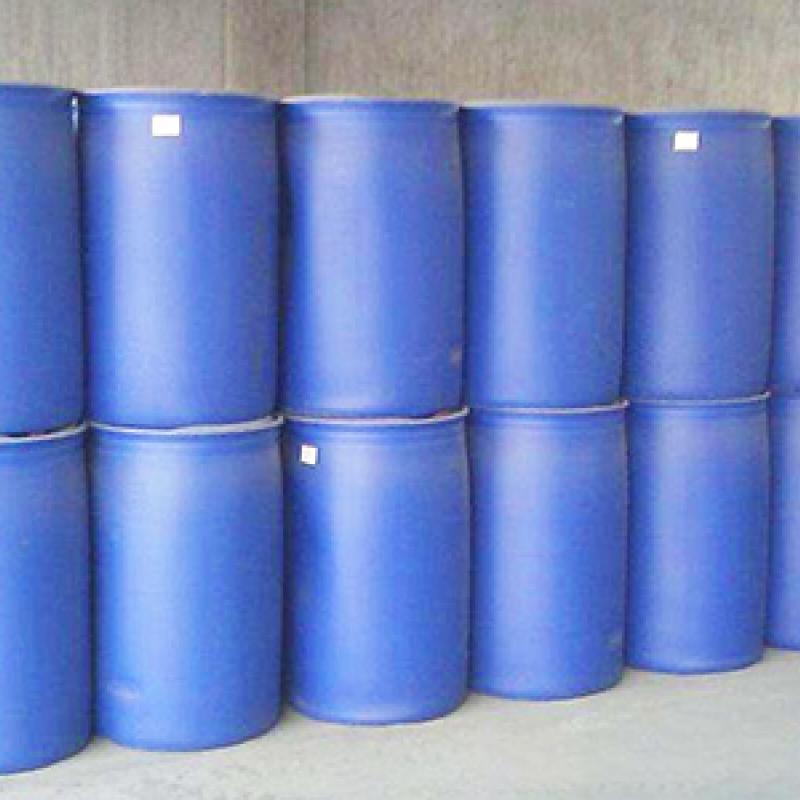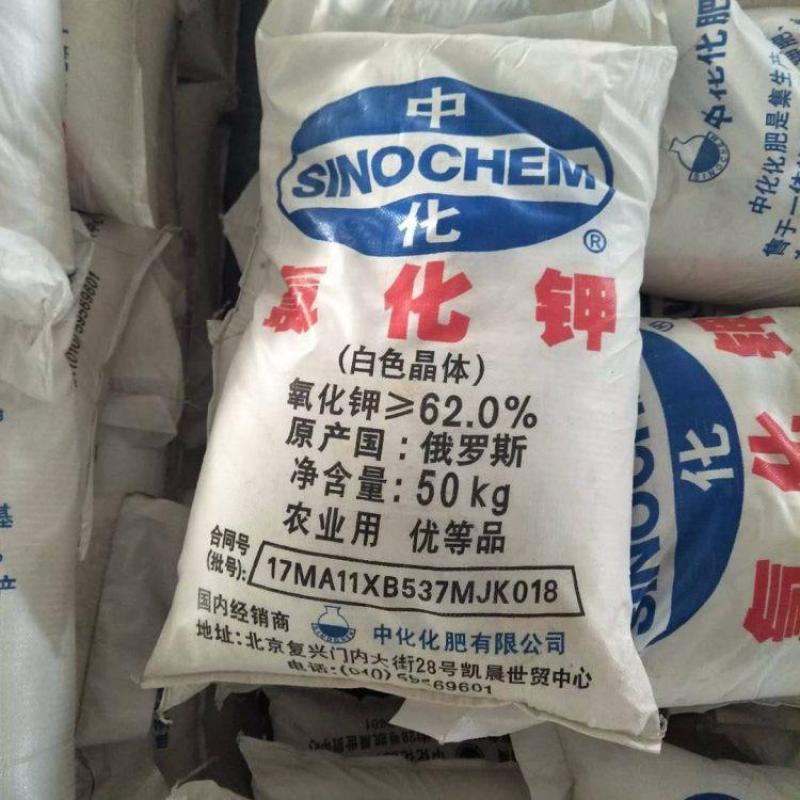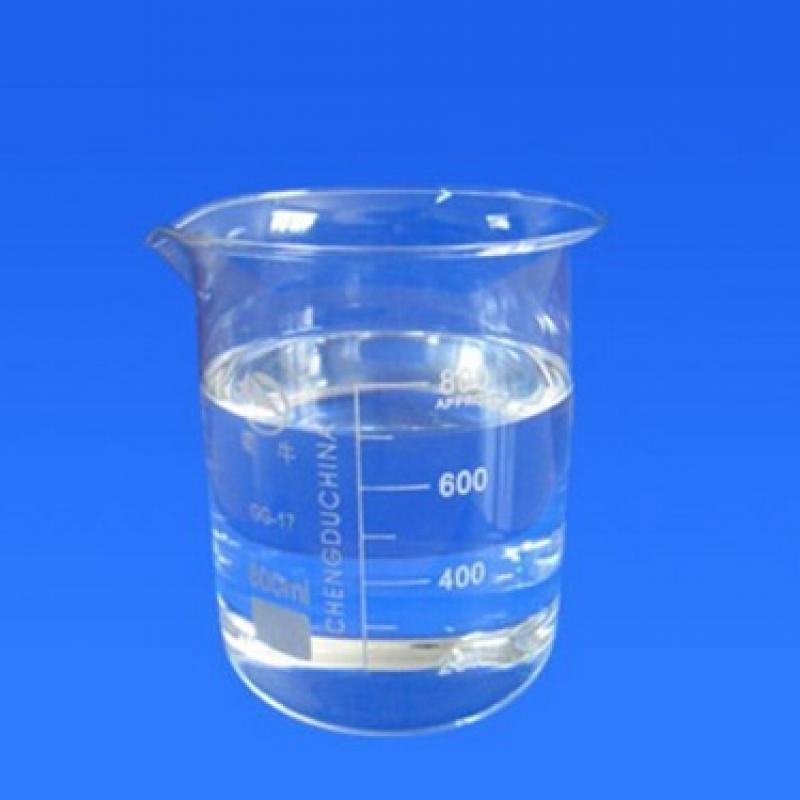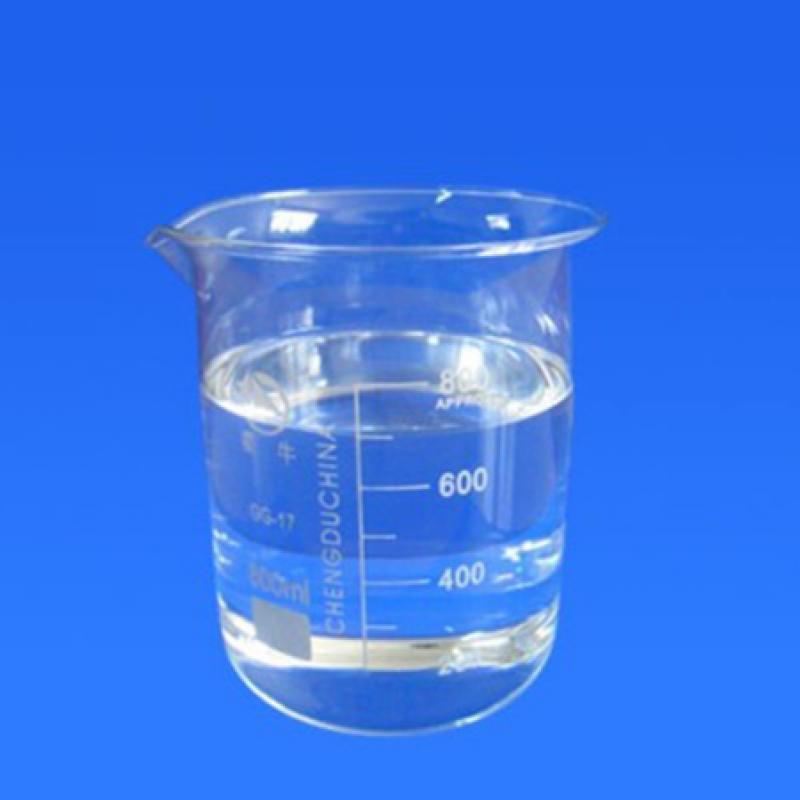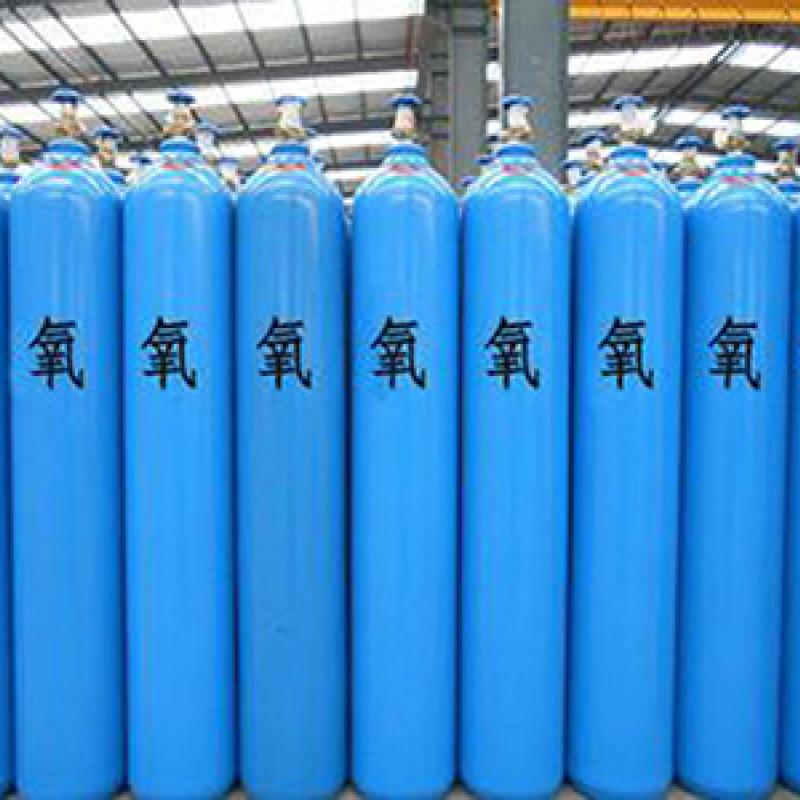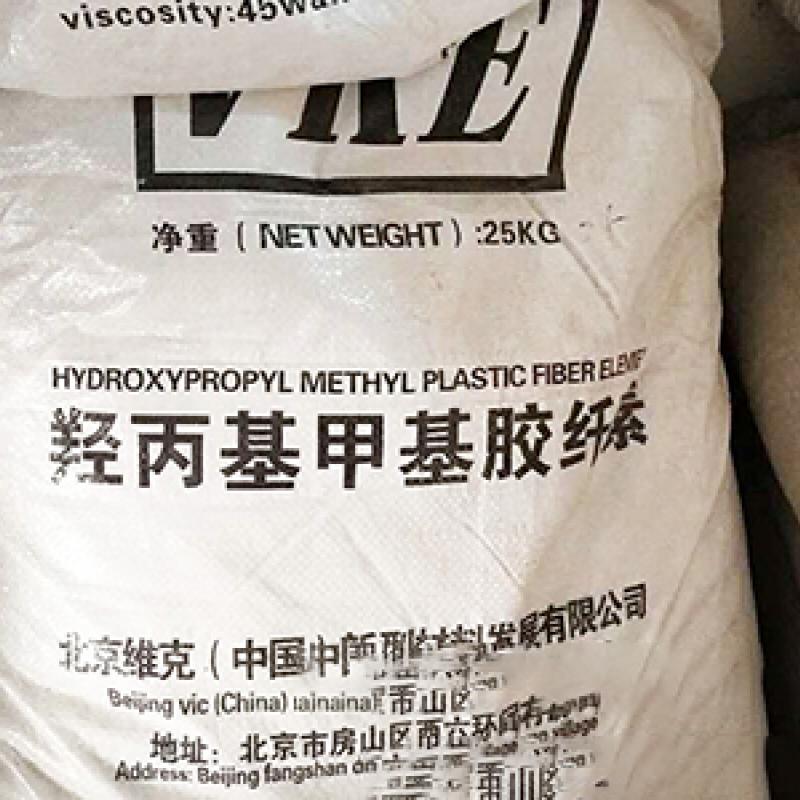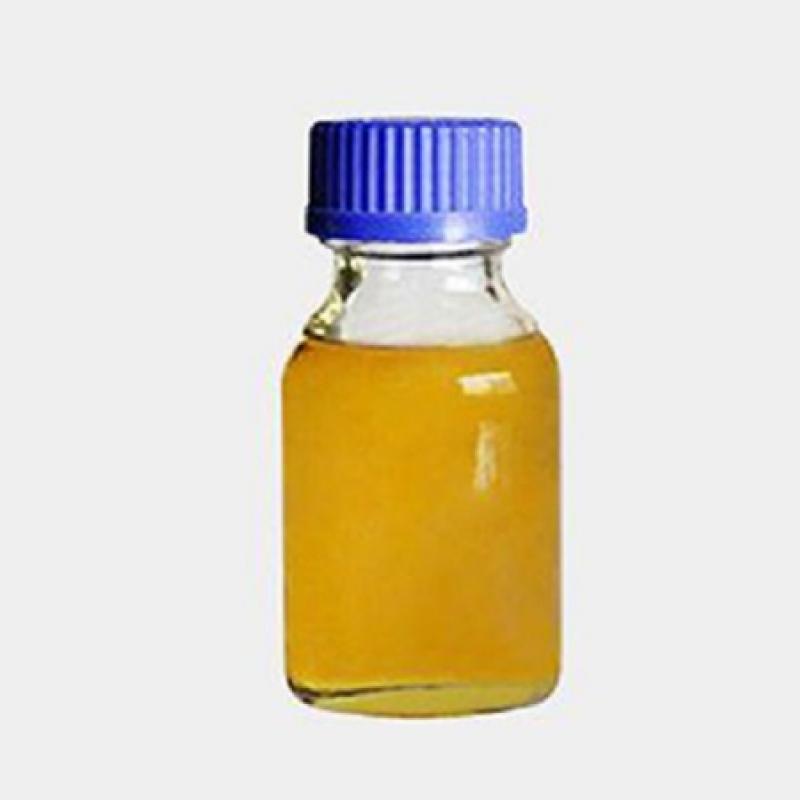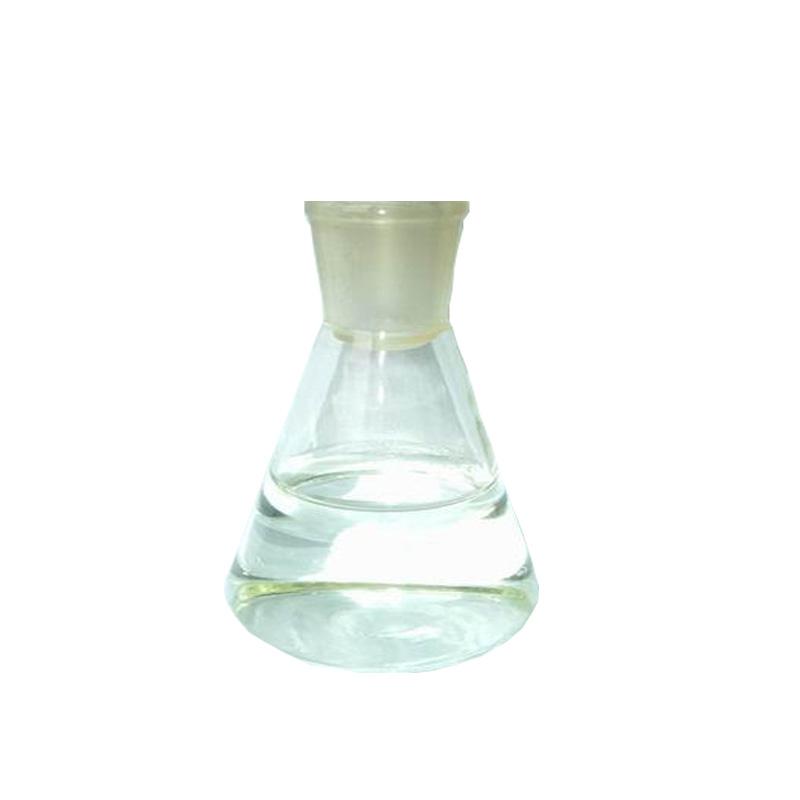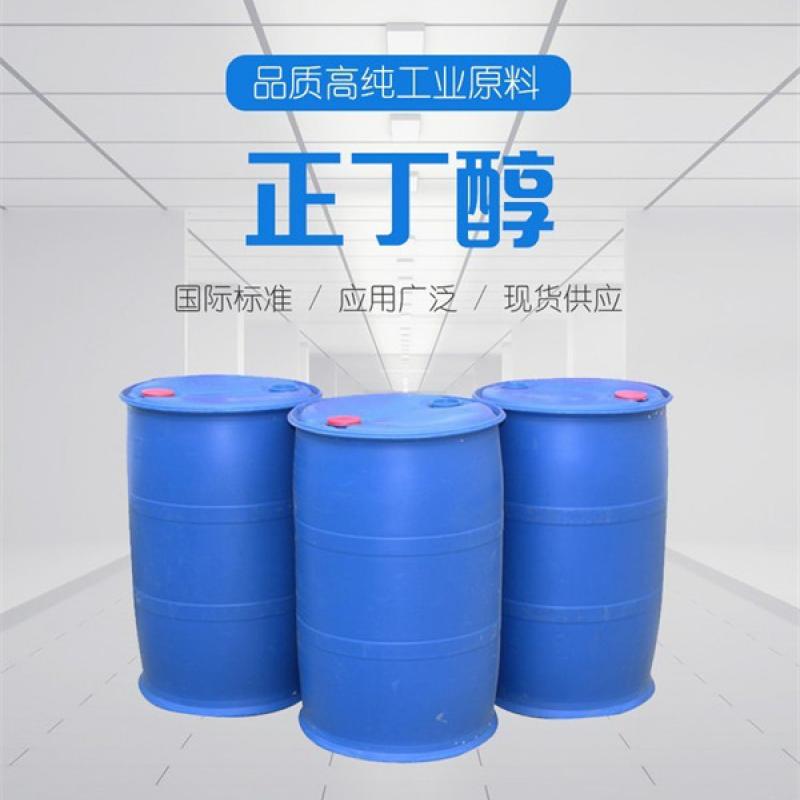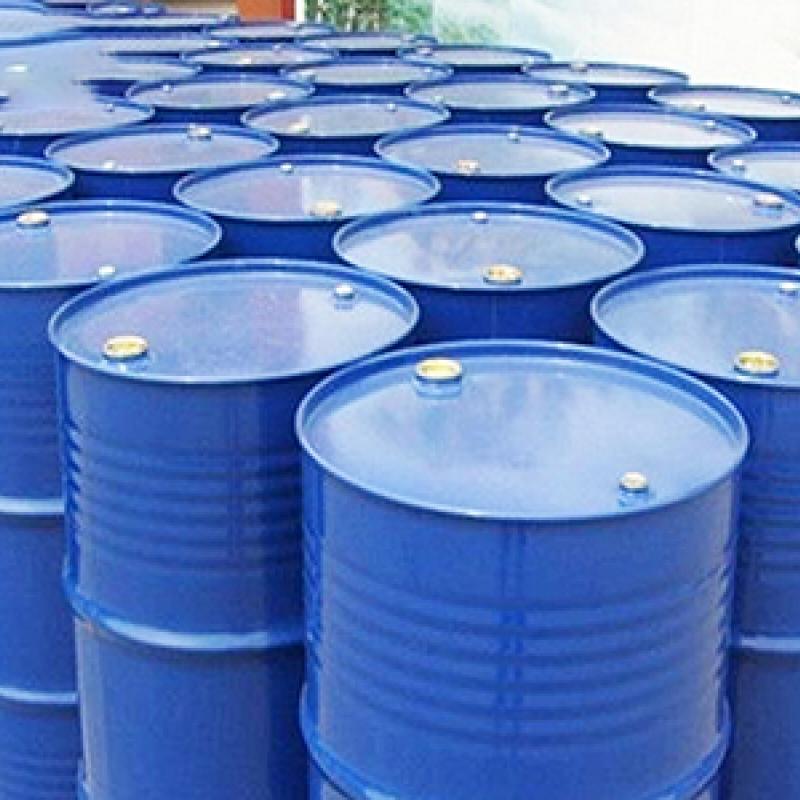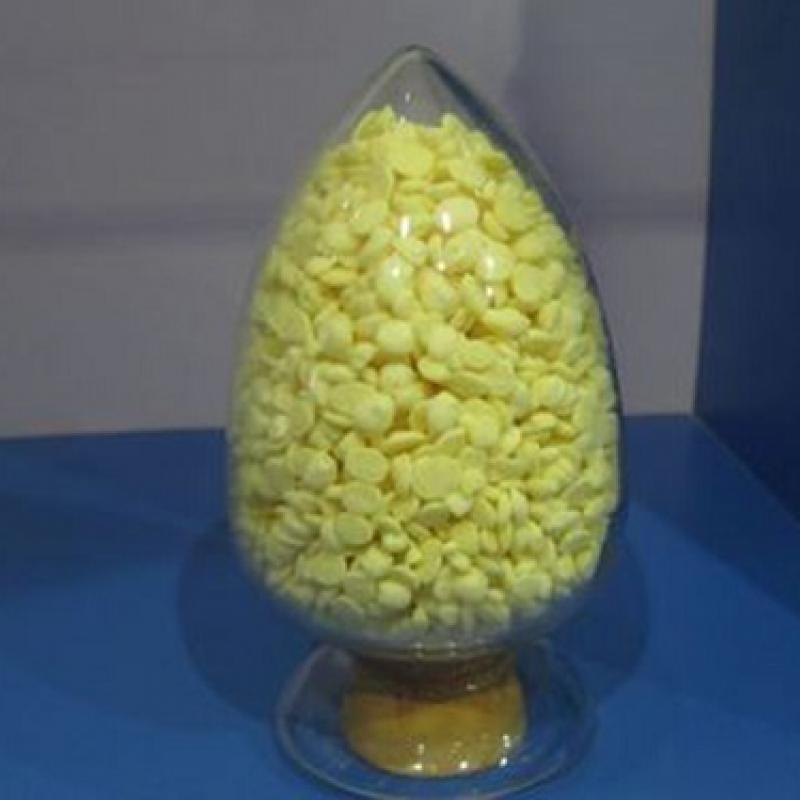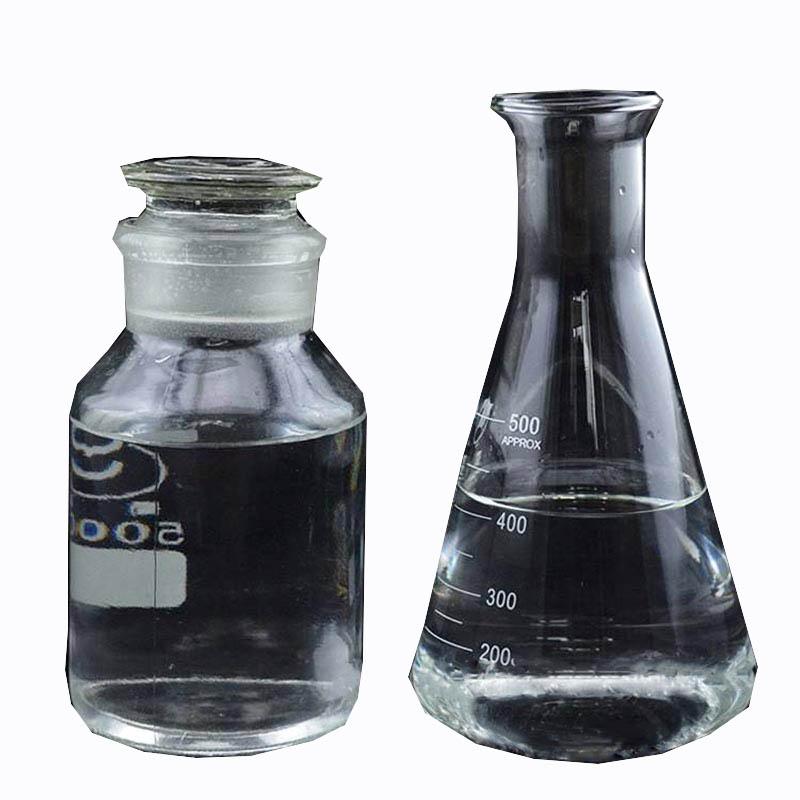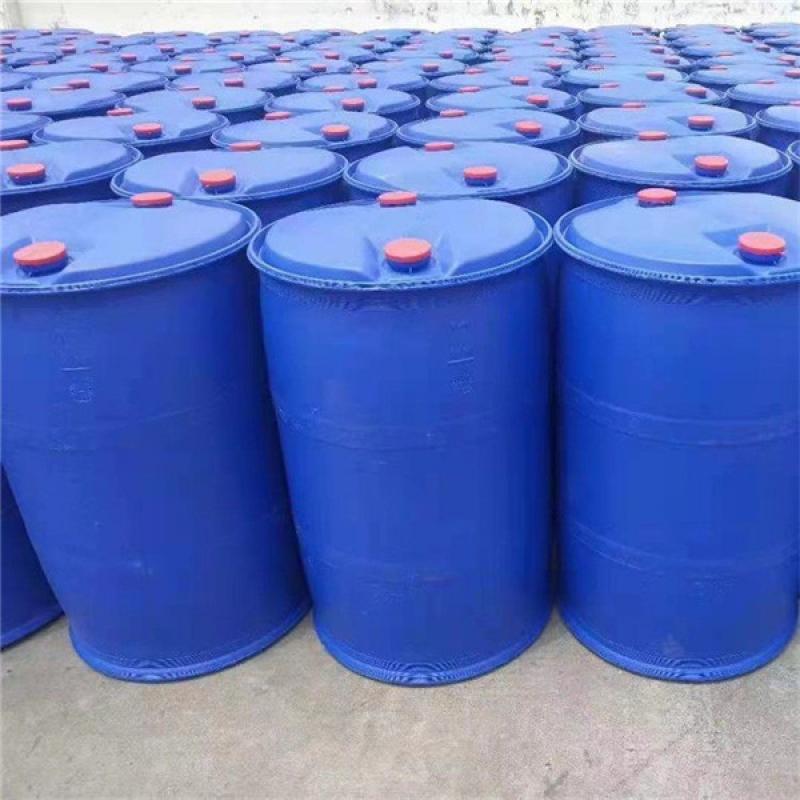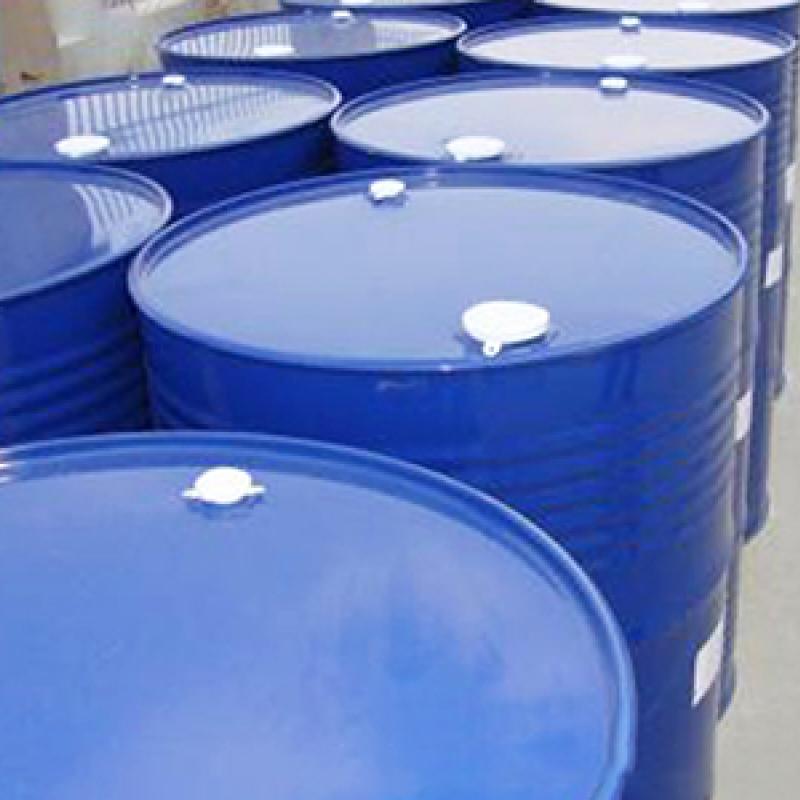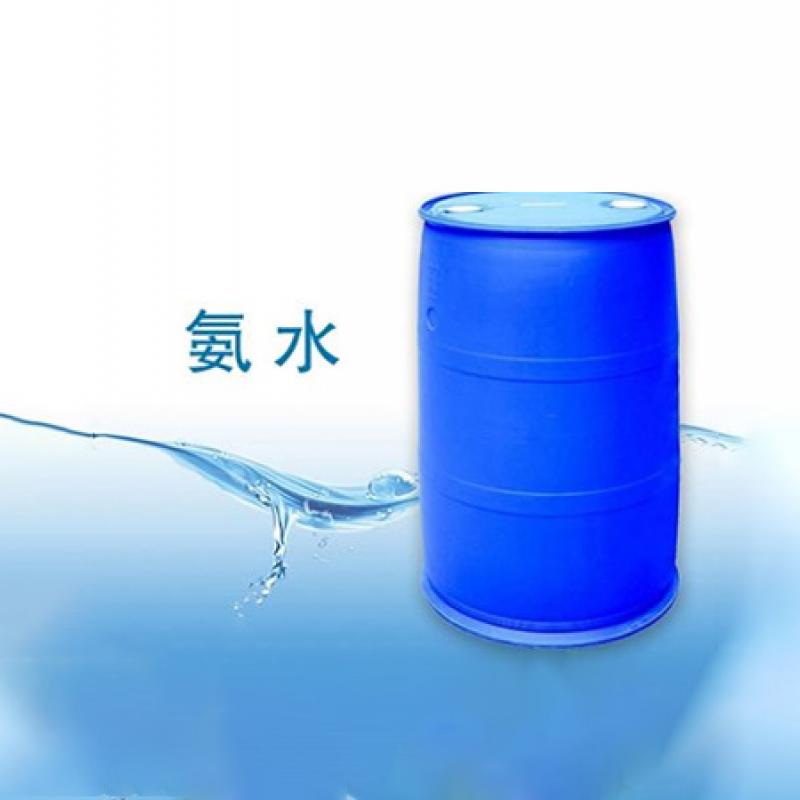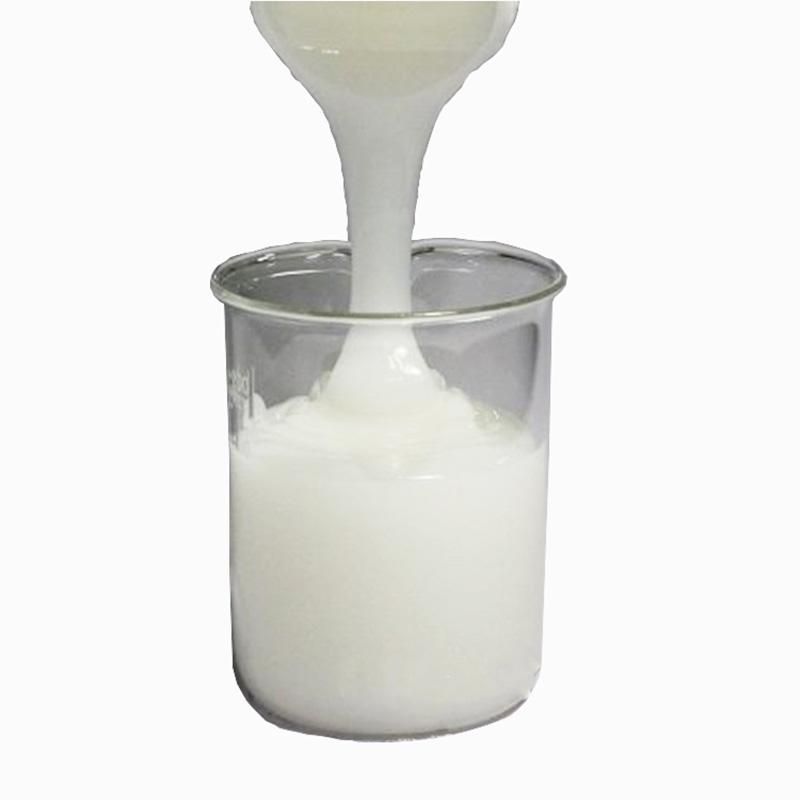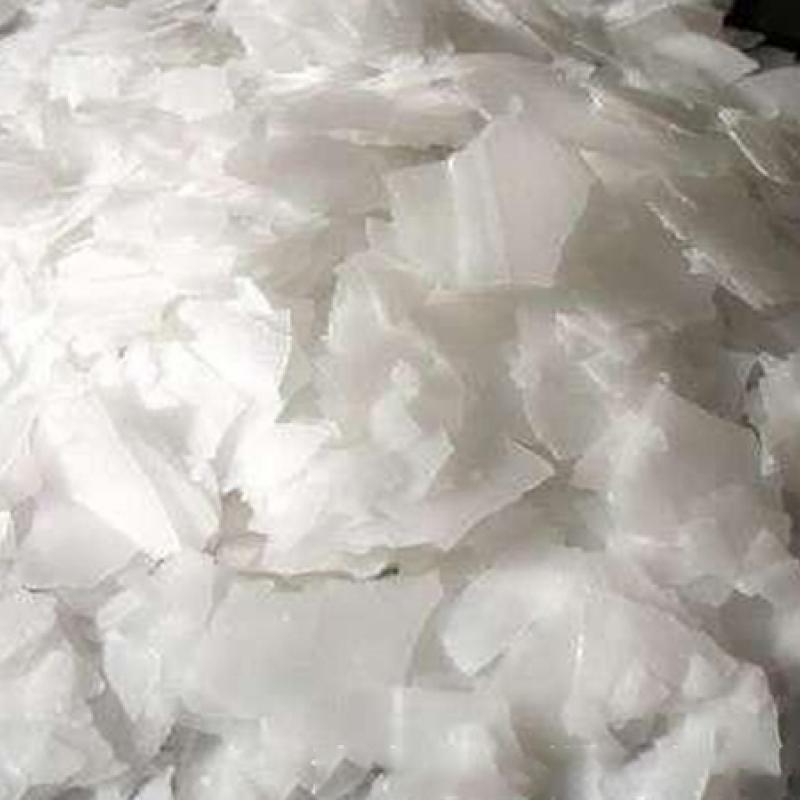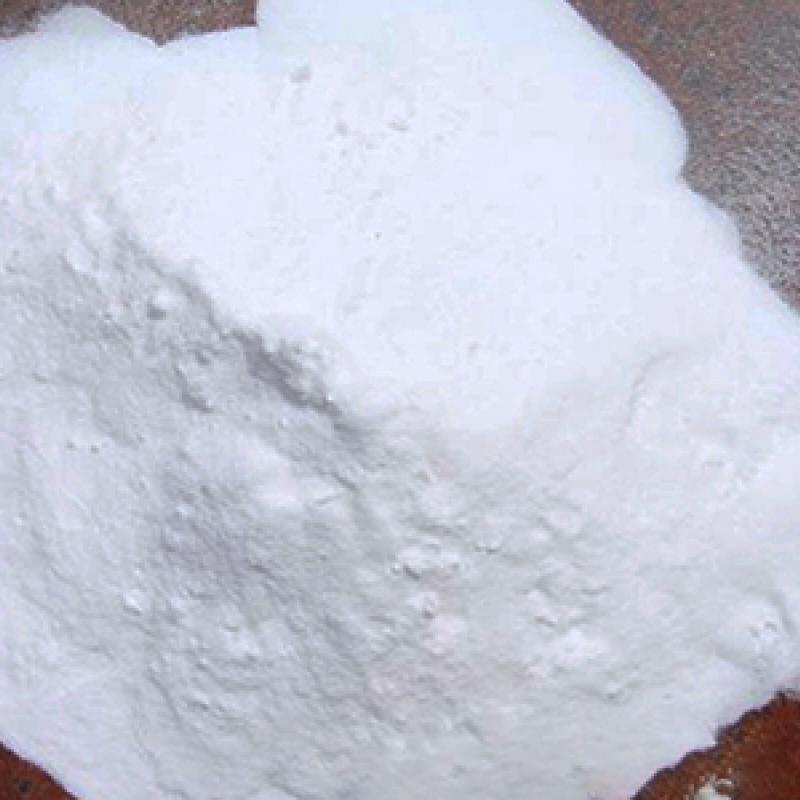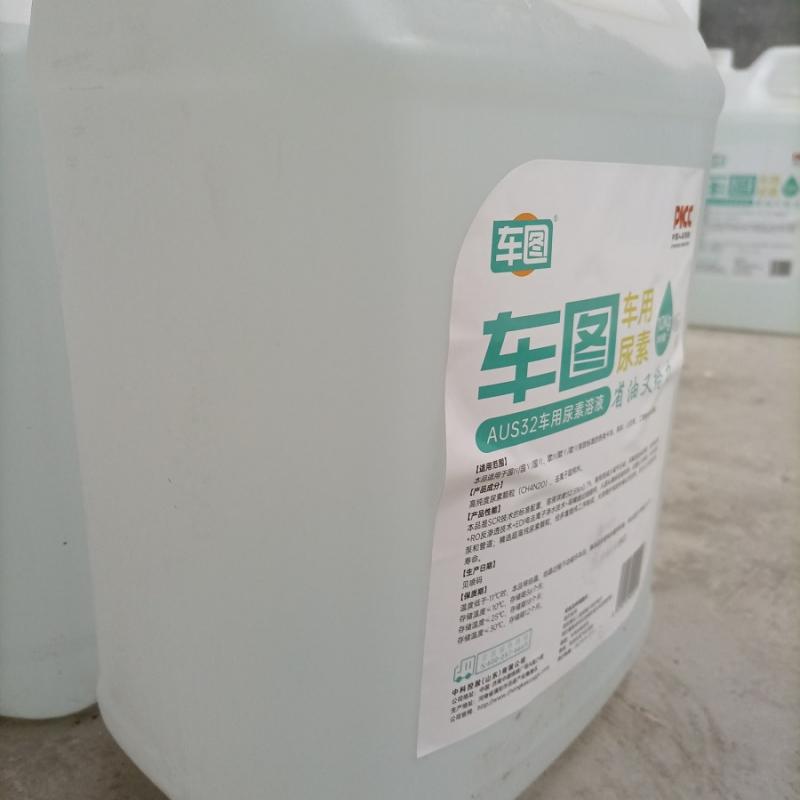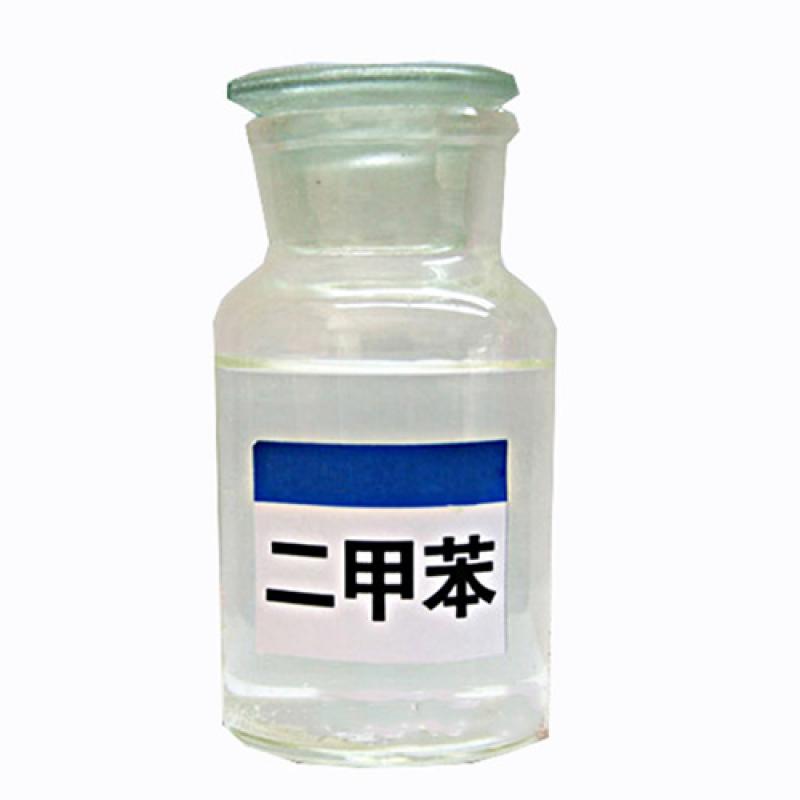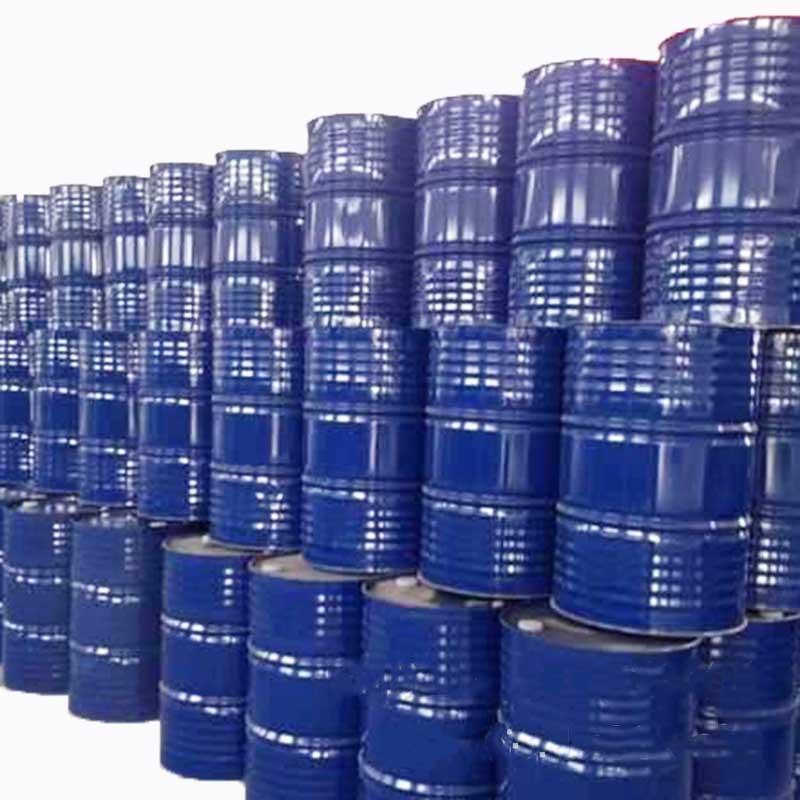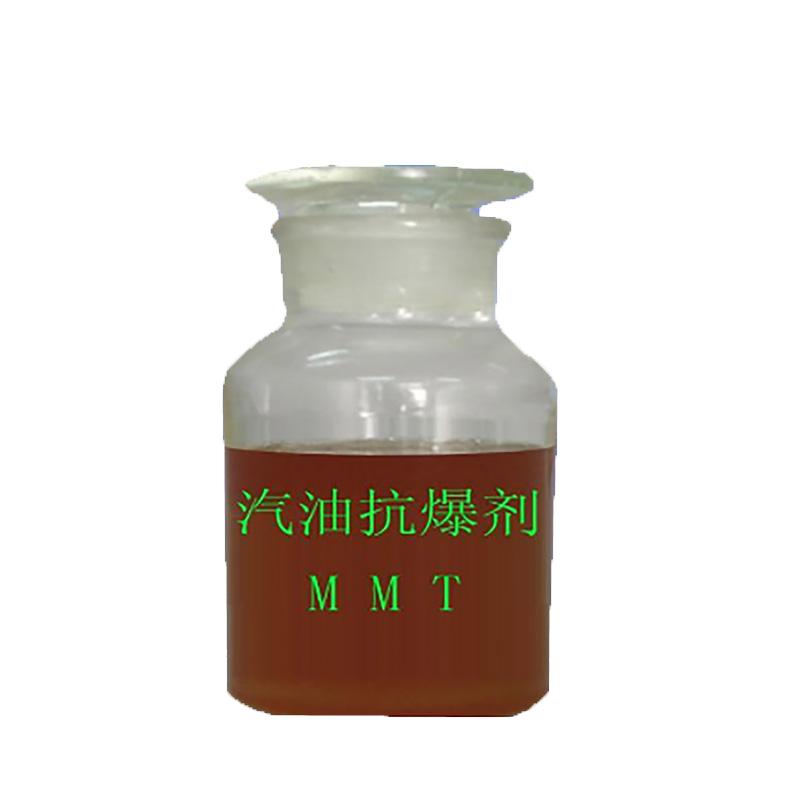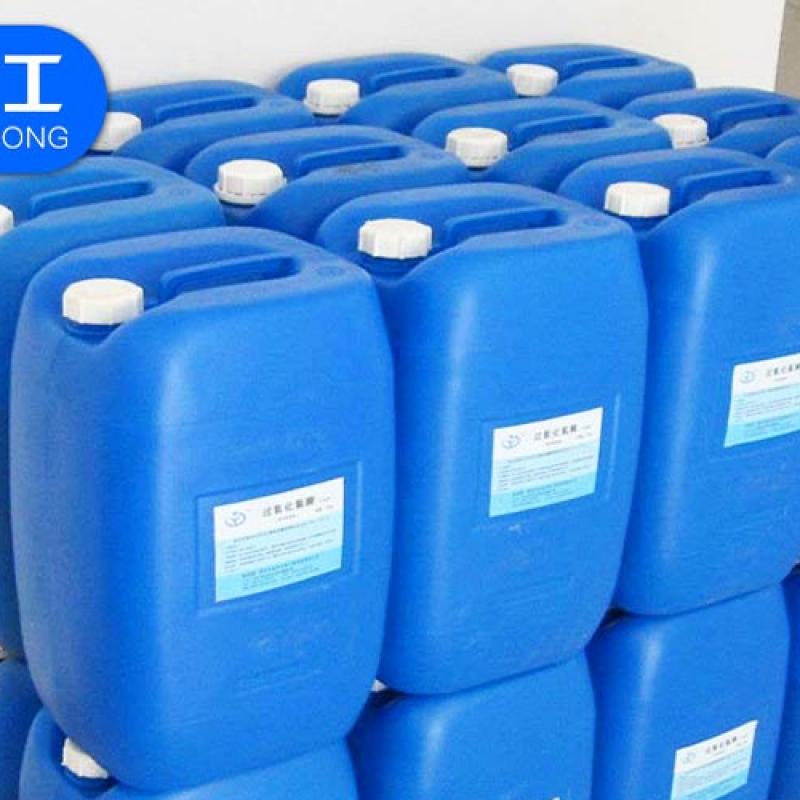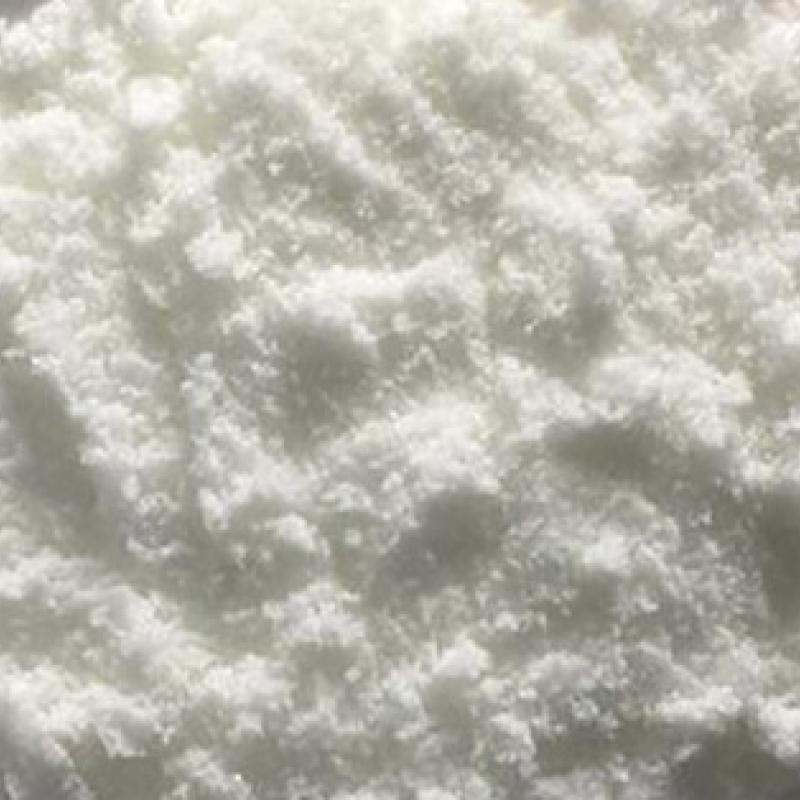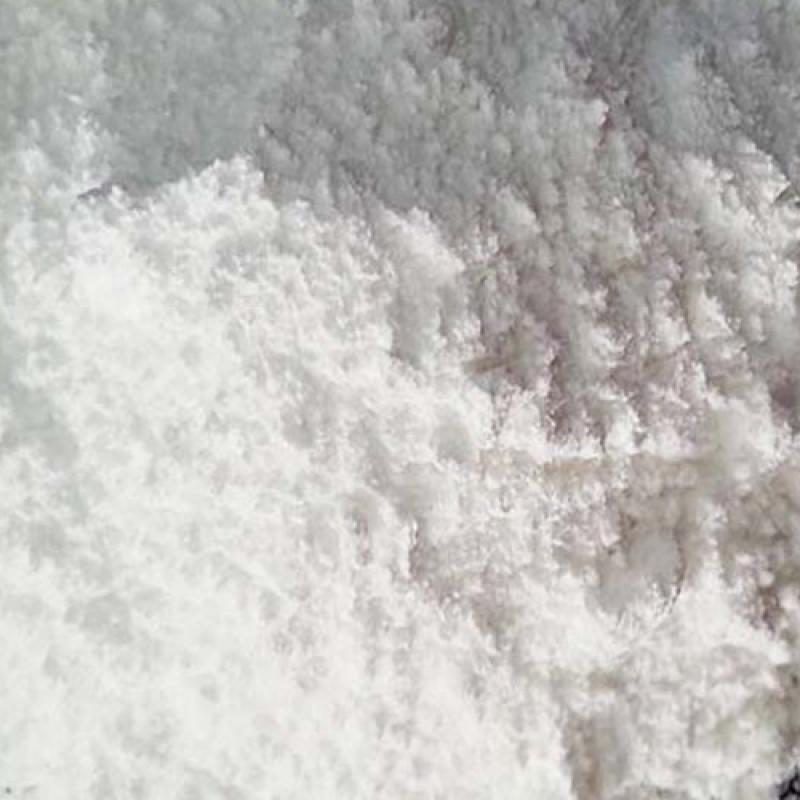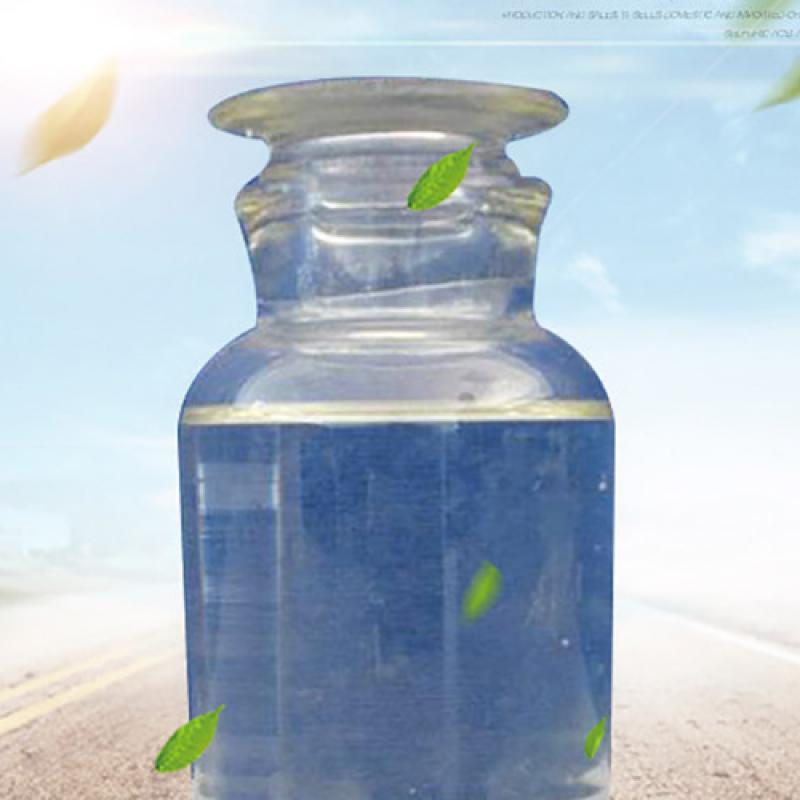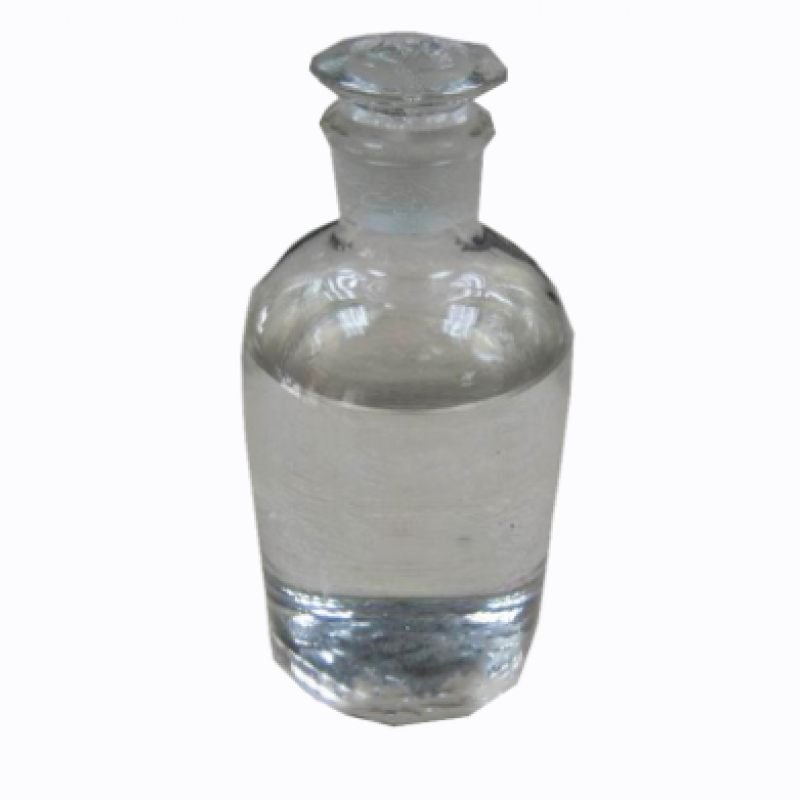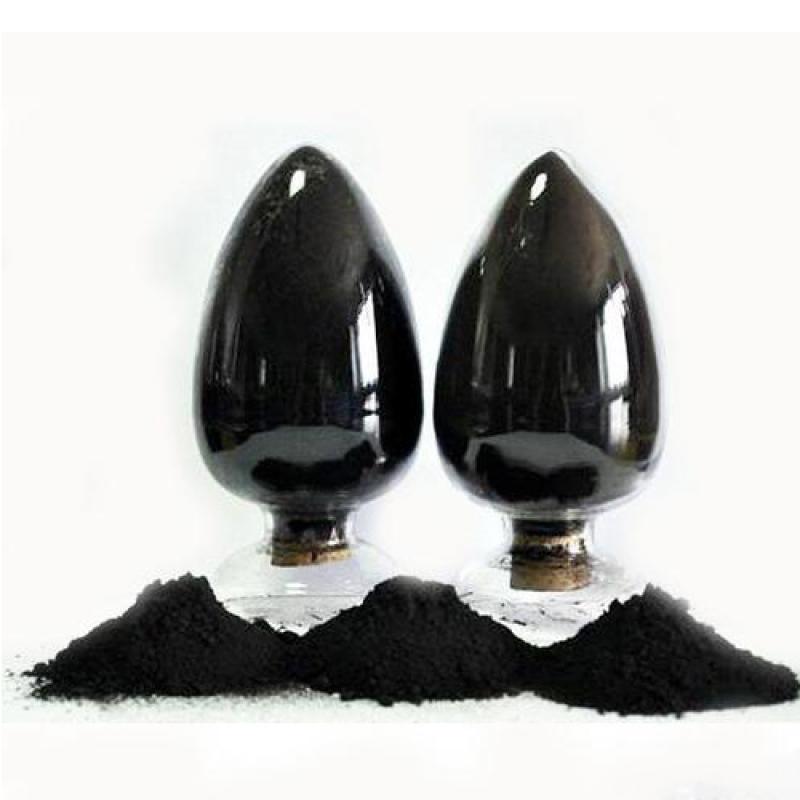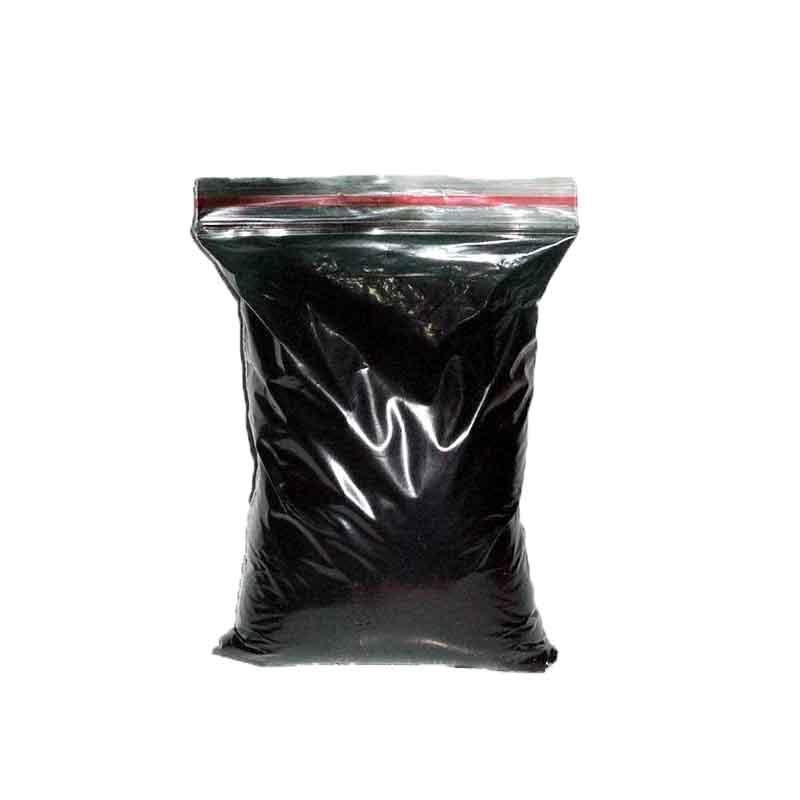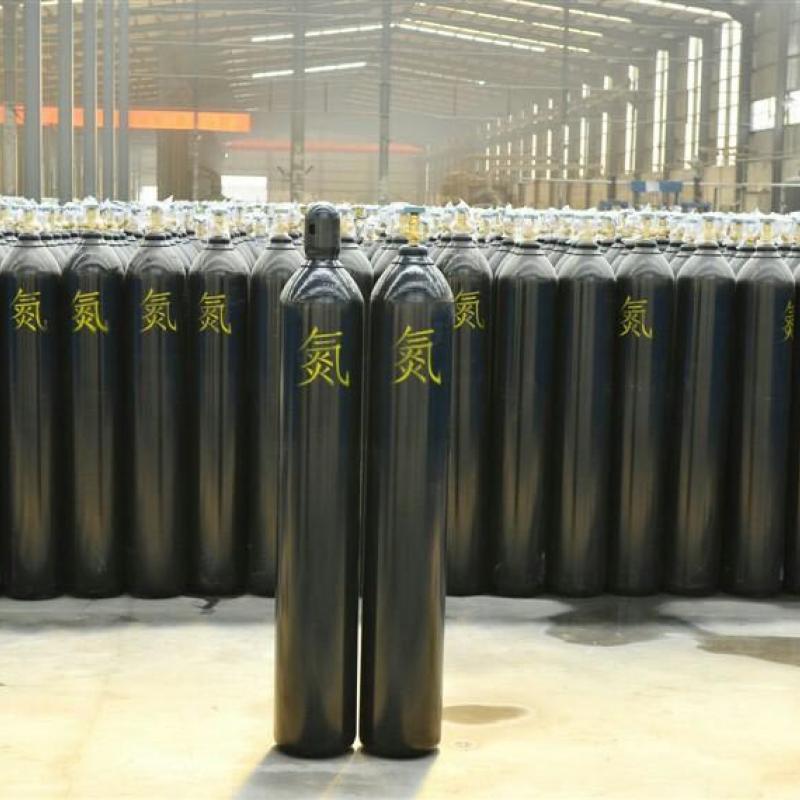Methacrylate-manufacture,factory,supplier from China
(Total 24 Products for Methacrylate)
Methacrylic acid is colorless crystal or transparent liquid with pungent odor. Soluble in hot water, soluble in most organic solvents such as ethanol and ether. Easily polymerized into water-soluble polymers. Combustible, there is a danger of burning in case of high heat and open flame, and it can produce toxic gas when heated.
Contact Now
Glass material is referred to as a glass instrument. Many glass instruments are used in the laboratory, which is highly chemically stable, thermal stability, and well-transparent, and good insulation function.
Contact Now
Helium is a rare gas. Its English name is Helium, and its element symbol is He. It is a colorless and odorless inert gas. Its chemical properties are not vivid. Under normal conditions, it is difficult to react with other substances.
Contact Now
HCFC-141b (monofluorodichloroethane) is a high-purity liquid widely used in cleaning and solvent fields.
Contact Now
Chemical nature:
Forbidden qualitative: strong oxidizing agent, strong reducing agent, strong acid, strong base.
Ecological nature:
Ecotoxicity
EC50: 1.2 ~ 1.51mg / L (luminous bacteria, microtox toxicity test)
Biodegradability
Miti-I test, initial concentration of 100 mg / L, sludge concentration 30 mg / L, 2 weeks later degraded 77%.
Non-biodegradability
In the air, when the hydroxyl radical concentration is 5.00 × 105 / cm3, the degradation of the half-life is 7.8d (theory).
Other harmful effects
The material is damaged by the environment and should pay spe
Contact Now
Appearance and traits: white crystals, extremely salty, non -toxic. It is easy to solverate in water, ether, glycerin and alkali, slightly soluble in ethanol, but insoluble in water -free ethanol, which is hygroscopic and easy to lump; New potassium salt is generated by reciprocating and disintegrating.
Contact Now
Appearance and properties: colorless liquid, almost odorless
Molecular weight 90.12 Vapor pressure 0.51 kPa/20℃ Flash point: 43℃
Melting point -70°C boiling point: 135.1°C solubility can be miscible with water and most organic solvents such as ethanol
Density (D4) 0.925-0.935
Contact Now
Melting point -70°C boiling point: 135.1°C solubility can be miscible with water and most organic solvents such as ethanol
Density (D4) 0.925-0.935
The relative density (water=1) is 0.94; the relative density (air=1) 3.10 is stable
Danger marks 7 (flammable liquid) and 14 (including drugs) are mainly used as solvents, as well as leather colorants, emulsifiers, stabilizers, paint thinners, paint removers, etc.
Contact Now
Oxygen is a colorless and odorless gas, and the most common elementary form of oxygen. Melting point is -218.4°C, boiling point is -183°C. It is not easily soluble in water, and about 30mL of oxygen can be dissolved in 1L of water. Oxygen in the air accounts for about 21%. Liquid oxygen is sky blue. Solid oxygen is blue crystals.
Contact Now
Dissolving function: soluble in water and some solvents, such as ethanol/water, propanol/water in appropriate proportions. The aqueous solution has surface activity. High transparency and stable function. Different standard products have different gel temperatures and solubility changes with viscosity. The lower the viscosity, the greater the solubility. Different standards of HPMC have different functions. The dissolution of HPMC in water is not affected by pH.
Contact Now
Features: Contains two hydroxyl groups and one amino group. Hydroxyl reduces the vapor pressure, increases the solubility, is conducive to the absorption of acid gas, and can increase the concentration, reduce circulation, and reduce energy consumption. The presence of the methyl group in the amino group reduces the alkalinity and activity of the amino group and reduces the CO2 absorption rate.
The molecular weight is 119.16, the melting point is -21°C, the flash point is 127°C, the freezing point is -21°C, and the refractive index is 1.4678. The viscosity (20°C) is 101 MPa·sec.
Contact Now
The molecular weight is 119.16, the melting point is -21°C, the flash point is 127°C, the freezing point is -21°C, and the refractive index is 1.4678. The viscosity (20°C) is 101 MPa·sec. The latent heat of vaporization is 519.16KJ/Kg. Colorless or light yellow viscous liquid, boiling point 247℃, soluble in water and ethanol, slightly soluble in ether. Flammable. It is non-toxic, LD504780mg/kg. It is a new solvent for selective desulfurization and decarbonization with excellent performance.
Contact Now
Ethylene glycol ether (2-ethoxyethanol) is an organic compound with a molecular formula of C4H10O2 and a molecular weight of 90.12. It is a colorless and transparent liquid.
Contact Now
It is a solvent for a variety of coatings and a raw material for preparing dibutyl phthalate, a plasticizer. It is also used in the manufacture of butyl acrylate, butyl acetate, ethylene glycol butyl ether,
Contact Now
Appearance: Light yellow to white granular crystals (semi-circular) white to light yellow loose crystals, heating is made black. Microfincture.
Content: ≥ 85%
Melting point: 98-102 ° C
Dry loss: ≤0.2%
Contact Now
Solubility: insoluble in water, soluble in most organic solvents such as alcohol, ether.
Contact Now
It is also used in the manufacture of butyl acrylate, butyl acetate, ethylene glycol butyl ether, as an extractant for organic synthesis intermediates and biochemical drugs, and in the manufacture of surfactants.
Contact Now
Appearance: watery bright liquid with pleasant ketone-like fragrance.
Main uses: Used as a solvent for spray paint, nitrocellulose, some fiber ethers, camphor, grease, natural and synthetic rubber.
Precautions for storage and transportation: Store in a cool and ventilated warehouse. Keep away from kindling and heat sources. The warehouse temperature should not exceed 30℃. Avoid direct sunlight. Keep the container sealed. It should be stored separately from oxidant. Lighting, ventilation and other equipment in the storage room should be explosion-proof.
Contact Now
Industrial ammonia is an aqueous solution containing 25% to 28% ammonia. Only a small part of ammonia molecules react with water to form ammonia monohydrate, which is a weak base that only exists in ammonia.
Contact Now
A substance that can reduce the surface tension of water, solution, suspension, etc., prevent the formation of foam, or reduce or eliminate the original foam. [1]
Contact Now
Potassium hydroxide is strongly alkaline and corrosive, and its properties are similar to sodium hydroxide, which can cause burns. It can absorb water and dissolve in the air, and absorb carbon dioxide to gradually become potassium carbonate. The pH of the 0.1 mol/L solution is 13.5.
Contact Now
Appearance and properties: white or almost white fibrous or granular powder
Density: 1.39 g/cm3
Solubility: almost insoluble in absolute ethanol, ether, acetone; swelling in cold water into a clear or slightly dirty colloidal solution
Stability: The solid is flammable and incompatible with strong oxidants.
Contact Now
This product is the standard configuration of SCR technology, the solution concentration is 32.5% 0.7%, which can effectively reduce exhaust pollution and ensure engine efficiency
;8-stage pretreatment + RO reverse osmosis technology + EDI electrodeionization water purification technology + high-precision filtration and purification to ensure the purity of the solution from the source,
Delay SCR scaling, protect the urea pump and pipeline; select ultra-high-purity urea particles, made through multiple purification processes, long-term maintenance of the system and catalyst activity, and prol
Contact Now
Relate News
Benzene and its homologues toluene and xylene are mainly obtained from coal tar fractionation and cracking petroleum. The three are colorless, transparent and aromatic liquids with strong volatility.
Antioxidants are substances that block the adverse effects of oxygen. It is a class of substances that can help capture and neutralize free radicals, thereby eliminating the damage caused by free radicals to the human body.
Antioxidants refer to food additives that can prevent or delay the oxidation of food, improve the stability of food and prolong the storage period. The correct use of antioxidants can not only prolong the storage period and shelf life of food, bring good economic benefits to producers and consumers, but also bring better food safety to consumers.
Hydrogen peroxide is a good oxidizing bleaching agent. It is used for bleaching yarns with hydrogen peroxide. It has good whiteness, pure color and no impurities in the equipment.
Antioxidants can be used as hydrogen donors to scavenge free radicals generated during the chain initiation stage, thereby inhibiting or reducing the oxidation of oils. Therefore, in order to delay the oxidation of fats and extend their shelf life, the most common and effective way is to add antioxidants to the fats.
The organic improvement of the titanium dioxide surface is to carry out organic coating on the surface of the particles through the chemical reaction or physical absorption of organic molecules on the surface of the particles, transform the surface state of the particles, so that it can be effectively dispersed in the organic solvent, and improve the powder in the organic matter. Compatibility in the interface. Generally can be divided into esterification method, surfactant method, coupling agent method and polymer coating method.
Water retaining agent (for bread, cake); Carrier solvent (for spices, pigments, water-insoluble preservatives, etc.); Thickener (used for beverages, liquor preparation, etc.) Plasticizer (candy, dessert Chemicalbook, meat products); Sweeteners. EEC regulations can be used for alcoholic beverages, candies, cakes, coating glazing, meat and cheese coating, non-alcoholic beverages, baked products, gum, gelatin sweets, etc.
Sulfonated cobalt phthalocyanine is an effective catalyst for removing mercaptan in light oil. Gasoline containing sour crude oil has a relatively high sulfur content.
About 78% of nitrogen gas can be used to make ammonia, nitric acid, nitrate, cyanide, etc. When making explosives; filling high-temperature thermometers and incandescent bulbs; forming inert material preservation materials for drying boxes or glove bags.

